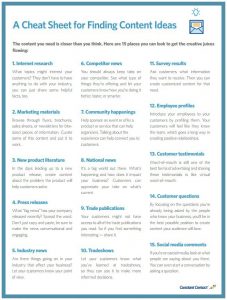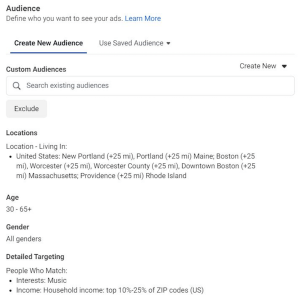Riding The Voice Wave
Ever since the dawn of science fiction, people have been fascinated by the idea of talking with computers — think Knight Rider, Star Trek and HAL 9000 from 2001: A Space Odyssey. With the development of speech technology, VXML and voice applications, these ideas became more feasible, making Sun Microsystem’s Bill Joy’s “Weird Web” theory a reality.
But if you could talk to your computer, what would it say back?
As digital engagement shifts to voice and connected speaker adoption rises, we may soon know the answer. In the next few years, marketers will reimagine many things like search to media to apps via voice. Since voice flattens menus, it has the potential to make daily tasks far easier to complete.
We are indeed entering the age of voice. The “browser wars” in the 90s and the mobile app revolution shaped the last two decades in technology. This next decade will be defined by all-things-voice, the next major shift in UI. It will shape consumption patterns, consumer behavior and future technologies for years to come.
This shift will also create a huge opportunity for advertisers and brands. Audio advertising — which includes radio and streaming — is already a huge market, with over a trillion ads heard each year in the U.S. alone. That’s a lot of noise. It’s equivalent to binge watching “Stranger Things” 882 million times or watching the Super Bowl three billion times, just to put it into context.
Whether listening to the radio in the car or via smartphone, audio ads — although woven into the listening experience — have always been a one-way experience. There’s no way to pause, remember, interact –or, heaven forbid, buy — the products advertised. This is a massive gap in engagement between consumers and brands.
And that’s the defining difference between audio ads today, which are more passive in nature, versus what’s on the horizon. “Voice-in, audio-back” is gaining momentum as a more natural way to interact with computers. This is an exciting time, but it will require a shift in approach and overall thinking to engage consumers via voice.
Here are three key steps to take to adapt in a world without screens.
1. Create content that is convenient and instantly gratifying
Imagine that a consumer asks Alexa for information about your product and she doesn’t have an answer. This is a huge missed opportunity. A few brands are successfully taking advantage of interactive audio advertising, and can teach us all a thing or two.
Tide’s Alexa Skill, Stain Remover, doles out advice for more than 200 types of stains, while Nestlé has rolled out a “GoodNes” skill, which pairs voice cooking instructions with an online guide. Offering to bring the content to other devices and channels is a smart tactic.
2. Tailor your content to encourage discovery
One of the best things about voice-controlled technology is that you can create more ways for consumers to search and discover. Cumulus Media recently announced that it launched Amazon Alexa Skills for 300 of its local radio stations. Individual stations will create localized messaging that speaks directly to their unique listenership, making it easy for fans to find and interact with their favorite radio programs and personalities.
3. Recognize the intimacy that voice interactions can create
Brands need to consider both how casual and intimate voice interactions in the home are. Voice changes the relationship between the brand and the consumer. Keep in mind that the key to sustaining a relationship with customers is usefulness. One effective example is customer service — having advice and answers available in a customer’s home 24/7.
Capital One offers an Alexa Skill that allows customers to check the balance of their bank account or credit card, hear latest transactions, and even pay their credit card bill.
Research from Mindshare indicates that the appetite for discovering brands and purchasing from them via voice technology is there: “53 percent of global smartphone users are excited by the prospect of their voice assistant anticipating their needs — making suggestions and even going so far as to take action, even buying something from a brand on their behalf.”
As voice-activated devices continue to proliferate and new IoT devices come on the scene, marketers will have to navigate an increasingly connected world, with smart technology we haven’t imagined yet; the time to prepare is now.
(39)
Report Post





